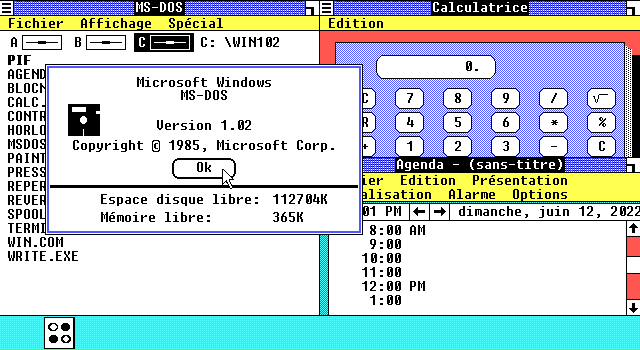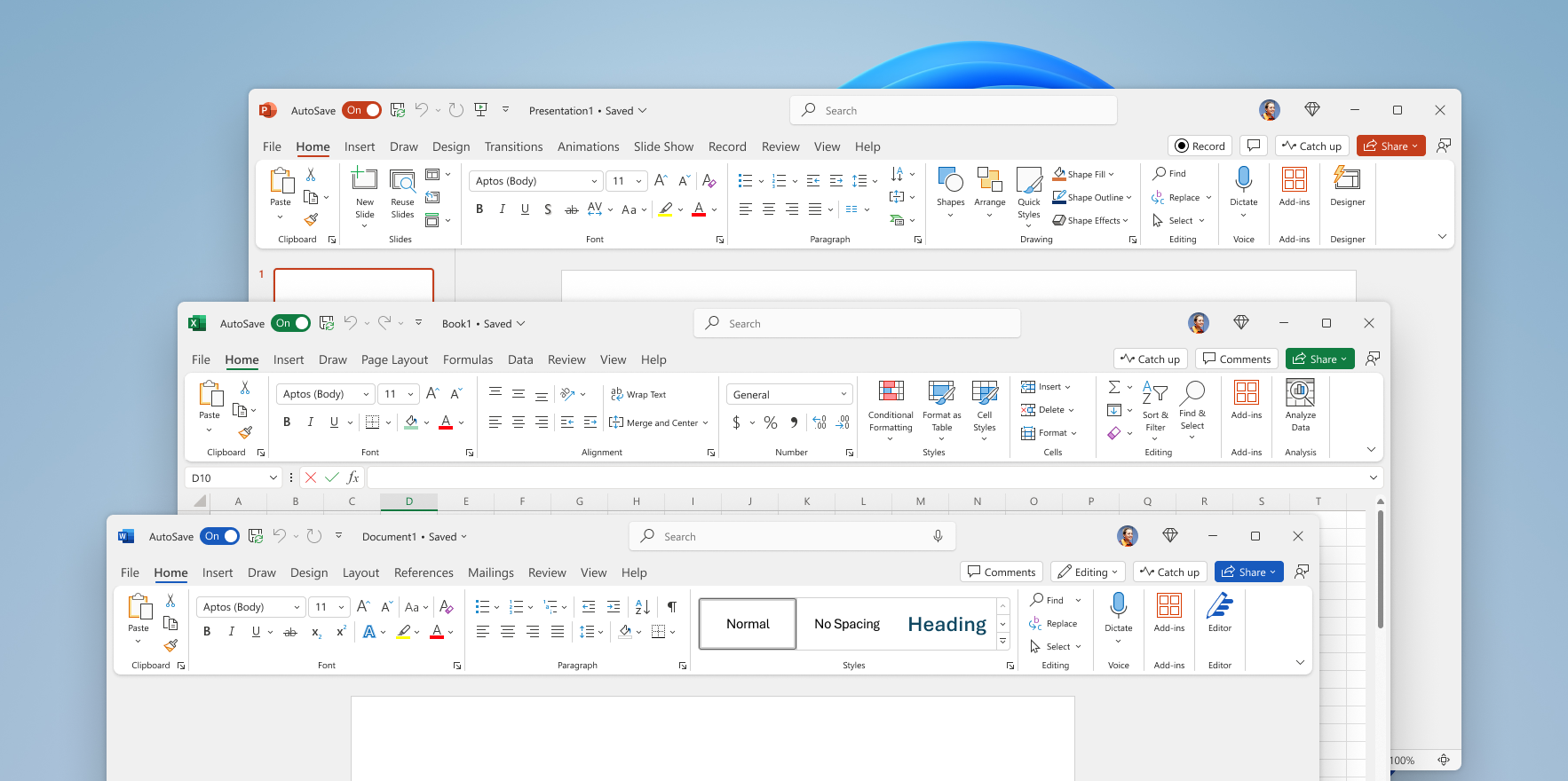Welcome to the first Doubleshot newsletter! Since this is the very first one, I hope you’ll take a look and give me some feedback on what you’d like to see more (or less) of in the future.
In each newsletter, I plan to include two sections: first, a practical tip (🧑💻) I’ve picked up recently and, second, something a bit more theoretical (📚) to start up a discussion or spark some ideas.
For now, these posts will be public, with some extra content visible only to subscribers. I’ll likely continue to experiment a bit with the format/availability over time to find what makes the most sense.
With all that said, let’s get started!
🧑💻 Reframing Your Design Rationale
At work, I often need to present ideas, solutions, or updates to leadership. Usually, I can predict the kinds of questions leaders will ask, considerations they’ll want to see addressed, etc., while I’m working. It’s crucial to keep track of not only the design rationale but the decisions that went into its formation, so I can meet those expectations. But telling a cogent story to others (particularly non-designers) requires more than just a linear narrative.
One tip I’ve picked up recently (from my now design manager Noa, who has a great sense for design storytelling) is how to reframe design rationale to better clarify the story. Her advice to me on a recent project sounded simple, but ended up being so powerful.
First, it requires a little distance from the work. Often, I put together the narrative/rationale as I work, starting when the concept is about 50% of the way to being ready for critique. This obviously looks different between explorational concepts, validated solutions, and things like guideline updates.
Then, I need to let the narrative rest for a bit. Overworking it while I’m close to the flow of work begins to create something that feels disjointed or focused on the wrong things.
Coming back to what I’ve prepared (after a couple of days or a week, depending on how deeply I’ve been immersed in the story and when I need to present it), I can create a bullet-point outline of the story I’m currently telling.
Making the main ideas, evidence, and questions into bullet points makes them portable, so the next step is to see how they can be rearranged, combined, split, or cut altogether to tell a tighter, more compelling story. It’s kind of like creating an outline after you’ve already written the draft (something I do in longer written pieces, too).
This last part of the process is also where it becomes clear how the narrative can be reframed for different audiences—designers might see the value of the concept from the outset, but leadership may need the bullets about the concept’s benefits reframed from “why it’s so cool” to “why it’s needed,” and moved higher up in the story. In other cases, you may be presenting to an audience including product managers (for example) who may want to hear about feasibility and investment closer to the top, and justification for the investment throughout the rest of the narrative.
I’ve found this a helpful way to prepare design rationale for different audiences, and even a useful tool in day-to-day writing.
📚 The Timeless Power of Metaphor
Lately, I’ve been spending a lot of time researching and writing about how the interface got to be the way it is—what led to our current ideas around the design process, what elements make up the interface, and why it works (or doesn’t).
As part of that, I keep coming back to the concept of metaphor: how does it show up in the interface, what can or cannot be interpreted as—or addressed through—metaphor? And what happens to our symbolic representations over time?
Metaphor in interface design is a tool that—for many reasons—emerged almost simultaneously with the graphic interface itself. One of the major reasons was that the production of information had already far outstripped the ability of human cognition to deal with it.
This was one of the problems Vannevar Bush grappled with in his description of the Memex, a conceptual future computer that could help us metabolize information into knowledge without getting overwhelmed.
Visual symbolism became one way computers could selectively reveal and conceal information, helping the user build knowledge (understanding) of an unfamiliar and inconquerable information landscape by abstracting it to an apprehensible level.
Despite how long the graphic interface has been around, we’re still grappling with how to best address this today. Justin Clemens and Adam Nash write in Digital Existence, that even a simple online search produces more information (in the hundreds of thousands or millions of results) than an entire team of people could ever hope to untangle. “Perhaps it is the case,” they write, “that these technologies make it impossible to know the very knowledge that they alone make possible to know.”
Shortcuts, in the form of synthesis, abstraction, and, ultimately, metaphor, are just as important to our interaction with computers as they’ve ever been. “We use metaphors,” writes Judith Donath in The Social Machine, “to give shape to the inherently and incomprehensibly abstract world of data ... Metaphors are ... pervasive, occurring in all our thinking about nonphysical concepts.”
The Material Symbols set, part of a design system that is itself based on a metaphor, contains thousands of icons for short-handing complicated concepts like home automation, business management, internal medicine, video editing... you get the idea.
But in the interface, Donath says, reliance on metaphors that are based on concrete concepts “constricts functionality.” This becomes obvious as soon as you boot up a computer. The central conceit of the “desktop,” “folders,” “files,” and even entire apps like the calculator emerged almost simultaneously with the first GUIs that could be manipulated with simple input devices. It shouldn’t go unnoticed that these are all metaphors of the workplace, the corporate context from which early GUIs sprung. Even Bush’s Memex was conceived as basically a complicated type of desk.
But the metaphors primordial to the computer interface, however limiting, are an interesting case study in the push-and-pull of meaning between human and interface. Take the “save” icon. Its appearance in GUI was a culmination of events before it: the floppy disk, at the time five inches across, had already spurred leaps forward in computing—first obviating the need for punch cards, and then lowering the cost of consumer computers that now needed less onboard storage.

Within the interface of an OS like Windows 1.0, the image of a disk references actual hardware. Replacing strings like “A:\” with a graphical representation of where files were stored (eventually even made accessible through an icon labeled “my computer”) not only demonstrated the physical location of the files but also established a connotation between ideas of information and storage media, heightened by the availability of blank disks to consumers, onto which they could place their personal files.
Eventually, computers without floppy disk drives would emerge, but software would still lean on this concrete metaphor as a stand-in for the concept of “saving.” The icon has stuck around until long after the object it refers to faded into the background, only finally being eliminated by software with auto-save features.

The process of creating the icon in the first place was a conscious act of design, and the icon’s transformation into a discrete symbol with its own meaning shows another, much more interesting movement. What happens when a metaphor becomes its own self-contained concept, detaching from concrete reference?

Design synthesizes the world. Clemens and Nash say that design is “a construction of information about the information from which it is made.” This construction is meant to evoke, rather than preserve, meaning, often using the world around us as a raw material. Once a specific material is no longer relevant, are we creating a new category of information for which we’ll need a new synthesis?
I won’t wrap this up with a conclusion, because I haven’t reached one yet. But I think the way metaphor permeates our interfaces points to our continued struggle to live with the complexity introduced by the very constructions we’ve made to manage it.
With the progression of ideas like “spatial computing,” I wonder if metaphorical representation will take another turn. Will we start evoking the meaning of the interface through other sensory cues, three-dimensional representations, or the use of space itself? And, whatever happens, which metaphors from today will survive by transforming themselves into their own discrete concepts?
That's it for now. If you’re not already signed up and want to get the Doubleshot in your inbox with members-only content, just hit the “subscribe” button to sign up!
See you next time ✌️





